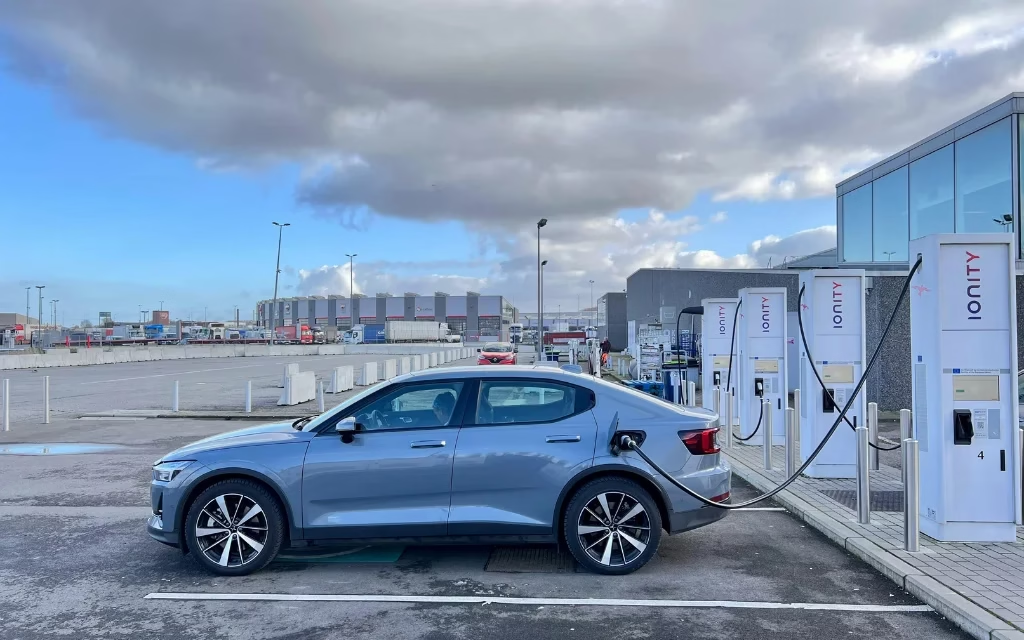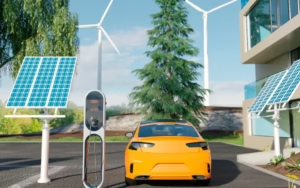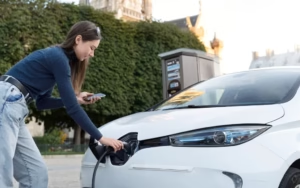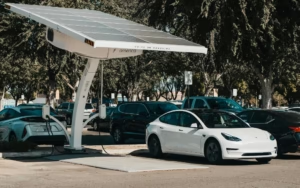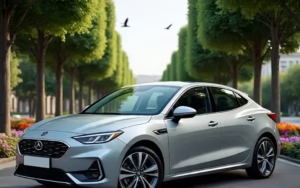With the surge in electric vehicle adoption across Australia, many homeowners, businesses, and local councils are investing in EV charging infrastructure. However, while enthusiasm for sustainable transport is commendable, it’s crucial to understand the common mistakes to avoid during installation. Missteps during setup can result in higher costs, safety risks, poor performance, or regulatory issues. This article highlights what to watch out for and how to install EV charging stations the right way in 2025.
Lack of Proper Site Assessment
One of the most common mistakes to avoid during installation is skipping a thorough site assessment. Whether it’s a residential garage or a commercial car park, failing to assess the electrical load capacity, location suitability, and environmental conditions can cause serious issues. For instance, without understanding the existing wiring or circuit breaker capabilities, you risk overloading the system, leading to power failures or fire hazards.
Ignoring Local Regulations and Compliance Codes
Another frequent error is neglecting compliance with local and national codes. In Australia, EV charging stations must meet the AS/NZS 3000 wiring rules, as well as other standards. Not obtaining proper permits or ignoring zoning restrictions can delay your project or lead to fines. Ensuring that your installation aligns with Clean Energy Council guidelines and local government policies is key.
Choosing the Wrong Type of Charger
People often install a charger without considering actual usage needs. For home use, a Level 2 charger is typically ideal, but installing a DC fast charger for minimal use can be overkill and cost-inefficient. Conversely, installing a Level 1 charger in a commercial setting could leave users frustrated. One of the common mistakes to avoid during installation is not matching the charger type to its intended purpose.
Improper Cable Management
Poor cable management isn’t just an eyesore—it can also be a safety hazard. Tangled or loose cables can lead to tripping accidents, water damage, and quicker wear and tear. Investing in proper conduit systems, weatherproof casing, and organized cable mounts is essential to maintain both safety and aesthetics.
Not Future-Proofing the Installation
A big oversight is failing to plan for future EV usage. What meets your needs today might not be enough in five years. Consider scalability. Can you add more charging points? Is the power supply sufficient for higher demand? Future-proofing your setup ensures you’re not tearing down your installation for upgrades a few years down the line.
Using Unqualified or Inexperienced Installers
EV charger installation requires technical expertise. One of the most dangerous common mistakes to avoid during installation is hiring a general electrician without EV-specific experience. Always choose certified professionals who understand both the electrical requirements and compliance standards involved.
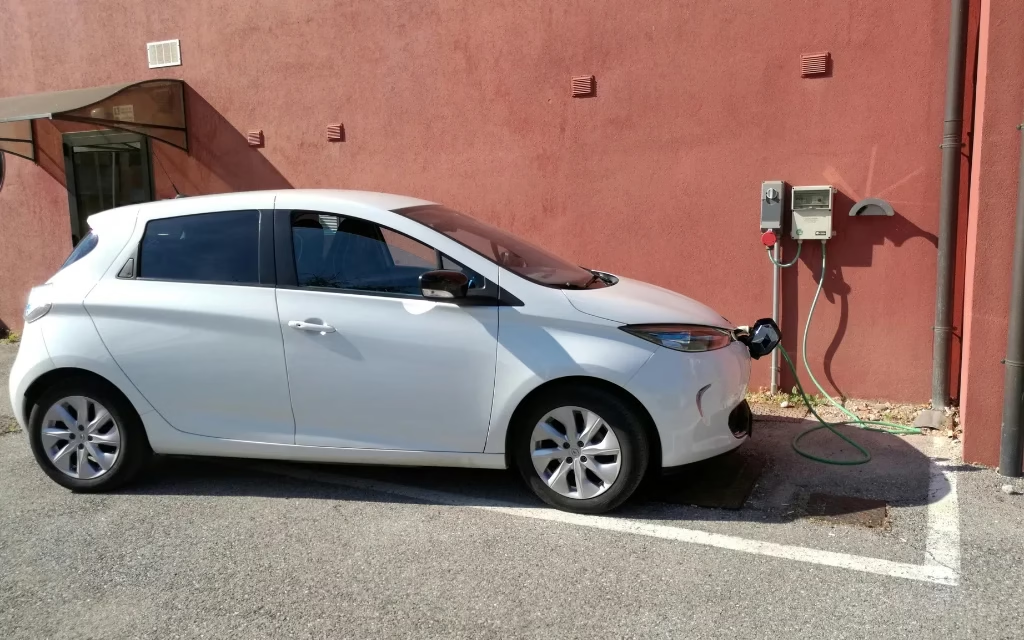
Overlooking Load Management and Energy Monitoring
Modern chargers often come with smart load management features. Skipping this technology means missing out on efficient energy use, especially in multi-vehicle setups. Additionally, monitoring tools help you track energy consumption and optimize costs. Without them, you risk higher electricity bills and inefficient power usage.
Failing to Plan for Maintenance and Support
Installation is just the beginning. A common mistake is ignoring post-installation maintenance. Chargers need software updates, physical inspections, and technical support. Opting for units without a strong warranty or customer service network can lead to downtime and expensive repairs.
Poor Placement of the Charging Unit
Where you place your EV charger matters. Placing it too far from the vehicle parking area can result in inconvenient usage and additional costs for cable extension. The unit should be in a secure, accessible, and sheltered location. Strategic placement is one of the most easily avoidable yet frequent installation errors.
Neglecting User Accessibility and Interface Simplicity
Many public installations fail to consider user accessibility. Whether it’s hard-to-read displays, confusing payment systems, or lack of disabled access, poor design choices can alienate users. Always prioritize user experience to maximize station usage and customer satisfaction.
Inadequate Surge Protection
With Australia’s unpredictable weather, especially during storm seasons, surge protection is essential. One of the common mistakes to avoid during installation is skipping this simple yet vital component. Surge protection devices shield your investment from voltage spikes, extending the life of your equipment.
Disregarding Aesthetic Integration
Especially for residential and commercial properties, how the charger blends with the environment matters. Chargers should integrate well with architectural design, landscaping, and color schemes. Overlooking aesthetics can impact property value and community approval.
Skipping Smart Features and Connectivity
Many chargers in 2025 offer app-based control, time scheduling, remote diagnostics, and more. Not leveraging these features means missing out on cost-saving opportunities and advanced functionalities. It’s a common mistake to avoid during installation if you’re aiming for an efficient and modern setup.
Failure to Educate End Users
Installing the hardware is just one part of the equation. Educating users on how to operate the chargers safely and effectively is crucial. Lack of user training can lead to misuse, increased wear, and even safety incidents. Include instructional signage, user manuals, or even short training sessions.
Misjudging Installation Costs
Another common pitfall is underestimating total costs. While the charger itself might be affordable, labor, cabling, permits, software, and site upgrades can add up quickly. Budgeting only for equipment is a typical common mistake to avoid during installation.
Overlooking Environmental Factors
In regions with extreme temperatures, rain, or dust, selecting the right charger with suitable protection ratings (like IP65 or above) is critical. Improper shielding or installation in a flood-prone area can lead to system failure. Always assess the physical environment before finalizing your setup.
Ignoring Warranty and After-Sales Support
Not all manufacturers offer robust support. Choosing a low-cost charger without checking warranty terms or available technical support is a gamble. It’s one of the underestimated common mistakes to avoid during installation, especially for commercial or fleet operators.
Not Coordinating With Utility Providers
Especially in commercial or multi-unit installations, failing to consult with electricity providers can create problems. You might need network upgrades, smart meters, or specific tariffs. Collaborating with your utility early in the planning stage is essential.
Rushing the Installation Timeline
Trying to get the system up too quickly can compromise quality. Skipping checks, rushing wiring, or ignoring safety protocols to save time can result in long-term issues. Always allocate ample time for each stage of installation.
Conclusion
Understanding the common mistakes to avoid during installation of EV charging stations is vital for a successful, safe, and future-ready infrastructure. As Australia accelerates toward an electric future, avoiding these pitfalls can save time, money, and frustration. Whether you’re a homeowner, business, or public sector entity, careful planning, professional installation, and user-focused design are the keys to a seamless electric vehicle charging experience in 2025.

